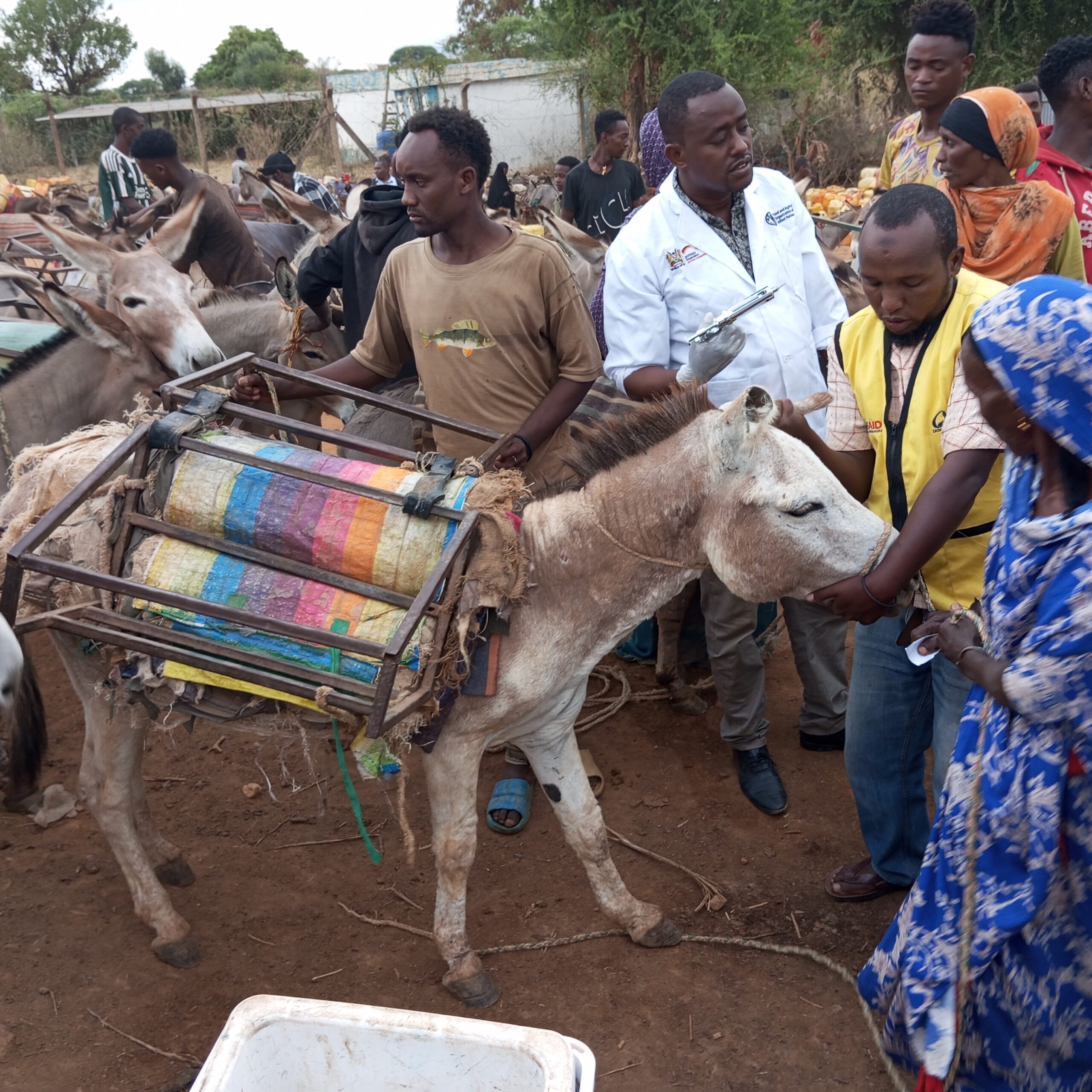NAROK, Kenya — In the sun-scorched expanses of Narok County, where droughts have turned fertile dreams to dust, a quiet revolution is taking root. Launched in 2024, the Women’s Resilience and Sustainable Transformation (WREST) project is empowering rural women to defy the odds of climate change, food insecurity, and poverty by harnessing drought-resilient livestock and innovative agricultural practices. This initiative, operating in Kenya’s arid and semi-arid lands (ASALs), is not just transforming lives it’s redefining what resilience looks like in one of the world’s most vulnerable regions.
A Crisis in the ASALs
For the women of Narok, life has always been tethered to the land. Over 70% rely on rain-fed agriculture and firewood collection, but intensifying droughts have decimated crop yields, plunging families into hunger and despair (UNDP, 2023). The consequences are dire: child marriages are on the rise, and many are forced into unsafe migration in search of survival. A 2023 study by the African Center for Health, Climate & Gender Justice found that 8 in 10 women in Narok cite drought as their primary threat to food and income. Yet, cultural norms and economic barriers block their access to productive livestock, a lifeline in a region where crops increasingly fail.
Youth, too, face a bleak future. With a 40% unemployment rate in rural Kenya (KNBS, 2022), many young people are abandoning agriculture, seeing no viable path forward. Community-based organizations (CBOs), eager to restore degraded landscapes, lack the resources and expertise to act. Against this backdrop, WREST is a beacon of hope.
Livestock as a Lifeline
At the heart of WREST is a bold strategy: equipping women with drought-resilient livestock breeds tailored for Narok’s punishing climate. Dorper sheep, prized for their rapid growth and market value, Boer goats, known for their hardy meat production, and Sahiwal cattle, reliable milk producers in dry conditions, are distributed to women across the county. These animals are more than assets—they’re a pathway to economic independence and food security.
But WREST goes beyond handing out livestock. The project provides comprehensive training in sustainable livestock management, from breeding to health care, paired with ongoing extension support. “The WREST project will transform lives in Narok and beyond,” says Tony Kirimi, the initiative’s operational lead, his voice brimming with conviction. For women like Esther, a 34-year-old mother of three, the impact is tangible. “Before WREST, I had nothing to sell when the rains failed,” she says, stroking a Dorper sheep. “Now, I have income, and my children eat.”
Innovating for Sustainability
WREST’s ingenuity extends to its eco-friendly feed solutions. By incorporating bagasse—a byproduct of sugarcane—into animal feed, the project turns agricultural waste into a nutrient-rich resource, reducing costs and environmental impact. Fodder trees, vanilla cuttings, and resilient grass seeds are also distributed, restoring degraded landscapes while diversifying income streams. These practices align with global calls for climate-smart agriculture, offering a model for other arid regions.
A Ripple Effect
The project’s impact reaches beyond individual women. By empowering them, WREST strengthens entire communities. Women’s newfound economic stability reduces early marriages and keeps children in school. Youth, inspired by viable agricultural models, are reconsidering farming as a career. CBOs, bolstered by WREST’s technical support, are beginning to lead local conservation efforts.
In Narok, where the land once seemed to offer only hardship, WREST is sowing seeds of resilience. Its success could light the way for similar initiatives across Kenya’s ASALs, proving that even in the harshest climates, women can lead the charge toward a sustainable future. As the world grapples with climate change, Narok’s women are showing what’s possible when innovation meets determination.

